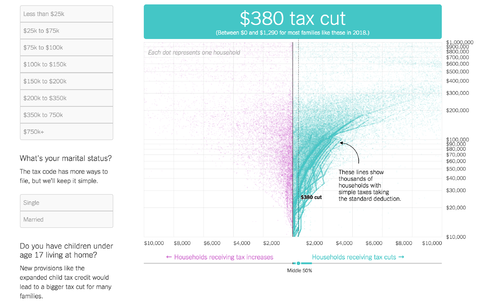Michael: So is TV’s superstar system dead?
John: It’s one of the more fascinating developments of 2017. Star systems have existed in network news for years. Look back to Roone Arledge, who in his time at ABC drove his news division to success with powerhouses like Diane Sawyer, Barbara Walters and Ted Koppel. Big salaries, big ratings, big perks. (NBC flew Mr. Lauer back and forth from the Hamptons every week.) For decades, networks were frightened to lose big names. Now we have CBS replacing Scott Pelley on the evening news with a guy named Jeff Glor.
Michael: A man also known as “Who?”
John: And the biggest network transfer of the year — Megyn Kelly to NBC, at a cost of about $17 million in salary — got off to a rough start. It’ll be hard to forget that awkward dancing clip with Hoda Kotb anytime soon. (Or the look on Jane Fonda’s face.) But as the year closes out, she’s found some momentum with going all-in on the #MeToo movement and becoming the go-to venue for interviews with harassment victims.
Michael: Mr. Trump was TV’s first great cataclysm of the year; #MeToo was the second. TV news had a raunchy reputation in the industry, but it’s now become perhaps the most prominent example of the national reckoning over sexual harassment. In a way, that’s helped drive home the insidiousness of the issue: Harvey Weinstein was famous, sure, but average viewers had no emotional connection to him. TV stars, however, are like family. Matt Lauer used to be called, only semi-ironically, “America’s dad.” Now Dad is disgraced.
John: But if TV superstars were possibly a wee bit overrated …
Michael: Just a tad, yes.
John: … it doesn’t mean stars can’t be born. Thanks to the daily press briefings at the White House, people like April Ryan, Jim Acosta and other workaday journalists became boldfaced names.
Michael: And for every TV touchstone like the James B. Comey hearing, there were a dozen other microevents that burst and faded like a Fourth of July firecracker. Rachel Maddow’s “scoop” on Mr. Trump’s tax returns. Sean Spicer’s “Holocaust center” gaffe. The ethics of Megyn Kelly’s interview with Alex Jones. And remember when Van Jones, back in February, declared the State of the Union the day Mr. Trump “became president”? It became a meme, and a cautionary tale, about the folly of cable news punditry.
Continue reading the main story
Article source: https://www.nytimes.com/2017/12/31/business/media/trump-tv-news.html?partner=rss&emc=rss





